In 2025, is your business ready to face a world where AI, IoT, and big data dominate? According to a recent study by Gartner, the global digital technology market is expected to reach $5 trillion by 2025. This shows that failing to keep up with digital transformation trends means missing out on extremely large growth opportunities. (Gartner, 2023). Imagine a future where factories are fully automated, products are personalized based on customer data, and services are provided intelligently and swiftly. That is the picture of the future that digital transformation is painting. In this article, let's explore the prominent digital transformation trends that will reshape the future of your business in the following text!
1. Artificial Intelligence and Machine Learning
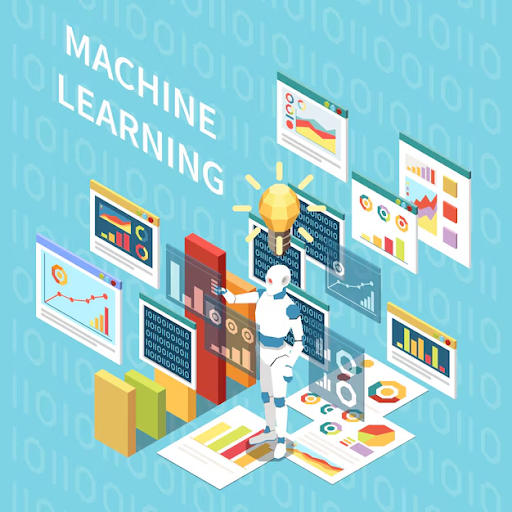
Artificial Intelligence (AI) continues to be the focal point of the technological revolution in 2025. No longer a concept of science fiction, AI has infiltrated every nook and cranny of life. According to a report by Gartner, AI is expected to create 2.3 million new jobs by 2025, while also changing the nature of 1.8 million current jobs. This shows that the ability to adapt to the development of AI is a vital skill for the future.
Especially, generative AI will be one of the most prominent trends. A survey by IEEE shows that more than 91% of experts believe that 2025 will mark the explosion of generative AI. Large language models like OpenAI's GPT-4 and Google's Bard have demonstrated the ability to create creative content, from poems and scripts to complex code.
The impact of generative AI is immense. Businesses can leverage AI to automate processes, personalize customer experiences, and create new products and services. According to Gartner, the generative AI market is expected to reach $20.9 billion by 2025. To maximize the potential of AI, businesses need to invest in employee training, build high-quality data systems, and develop appropriate business strategies.
For example, a retail company can use AI to analyze customer shopping behavior, thereby providing personalized product recommendations. Or a manufacturing company can use AI to optimize the production process, reduce costs, and increase productivity.
2. Connecting everything (IoT)
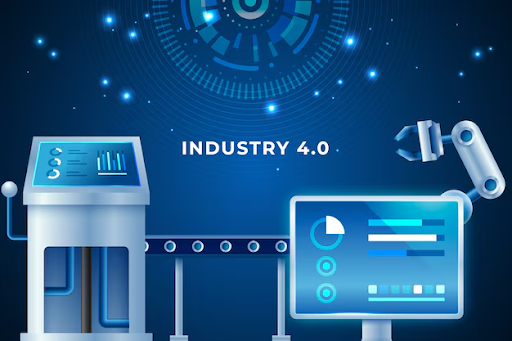
In the digital age, connectivity is not limited to electronic devices but extends to all the objects around us. The Internet of Things (IoT) is a clear example of this trend, as billions of devices, from simple to complex, are connected and communicate with each other over the Internet.
According to a study by Gartner, by 2025, there will be approximately 75 billion IoT devices connected globally, creating a massive information network. This opens up countless opportunities for businesses, from optimizing production processes, enhancing supply chain operational efficiency, to creating smarter, more personalized products and services. For example, in the agricultural sector, IoT sensors are installed in fields to collect data on humidity, temperature, and soil quality, thereby helping farmers irrigate and fertilize accurately, increasing productivity and minimizing waste.
However, alongside the great benefits, IoT also poses many challenges, especially regarding security. As more and more devices are connected, the risk of cyberattacks also increases. Therefore, ensuring the safety of IoT systems is an urgent issue that needs to be addressed.
In the future, IoT will continue to develop strongly and deeply integrate into all aspects of life. The combination of IoT with other technologies such as artificial intelligence (AI) and big data will create groundbreaking applications, from smart cities and smart homes to smart healthcare systems. IoT is not just a technological trend; it is a revolution, reshaping the way we live and work.
3. Robot Process Automation – The Optimal Solution in Manufacturing
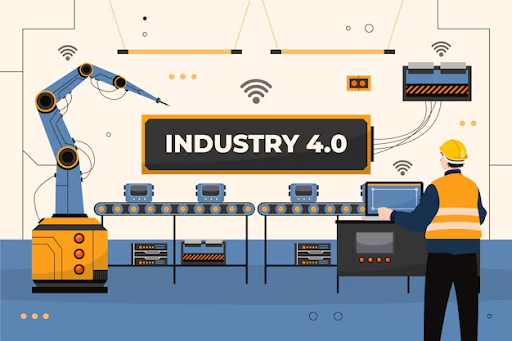
Robot Process Automation (RPA), along with Artificial Intelligence (AI) and Machine Learning, is becoming a core technology driving digital transformation in businesses. If AI and Machine Learning focus on simulating human intelligence to perform complex tasks, RPA focuses on automating repetitive processes, freeing humans from manual, time-consuming work.
A study by McKinsey shows that, although less than 5% of jobs can be fully automated, about 60% of jobs can be partially automated. This shows the immense potential of RPA in enhancing labor efficiency and productivity.
In Vietnam, RPA is being widely applied in many fields, from finance and banking, insurance to manufacturing and retail. Businesses are increasingly recognizing the value of RPA in reducing errors, speeding up information processing, and improving customer experience. Especially, the combination of RPA and AI creates intelligent automated systems capable of learning and adapting to changes in the business environment.
For example, in the financial sector, RPA can be used to automate processes such as data reconciliation, invoice processing, and payment approval. A study by Forrester shows that businesses using RPA in the financial sector can reduce operational costs by up to 30% and increase processing speed by 50%.
The IRBOT solution from IRTECH Vietnam is a clear testament to how RPA has been and continues to create real value for Vietnamese businesses. By automating repetitive processes, IRBOT helps businesses reduce errors, increase productivity, and save on labor costs.
4. Cybersecurity, corporate information security
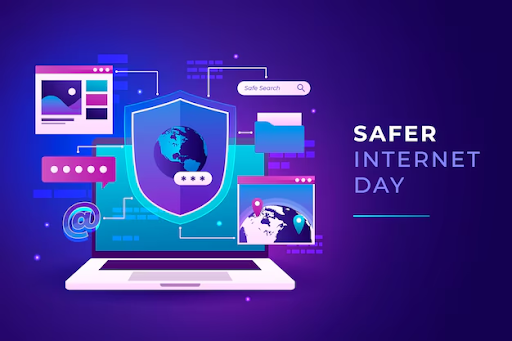
Digital transformation has become an inevitable trend in all fields, bringing countless opportunities but also posing many challenges, especially regarding cybersecurity and information security. In 2025, as the world becomes increasingly digitalized, these issues become more urgent and complex.
The relentless development of information technology goes hand in hand with the alarming increase in cyberattacks. Hackers, with increasingly sophisticated tactics, always seek to exploit system vulnerabilities to steal sensitive data, disrupt operations, and cause economic damage to organizations.
A recent report by Gartner shows that by 2025, 60% of organizations will consider cybersecurity risk as the top deciding factor when evaluating business partners. This shows the increasing importance of cybersecurity in building trust and protecting the reputation of businesses.
Cybersecurity trends for 2025 include the application of AI and Machine Learning to detect and prevent threats more automatically and efficiently, multi-factor authentication (MFA), cloud security, IoT safety, cybersecurity personnel,...
5. AI Chatbots and Voice Assistants
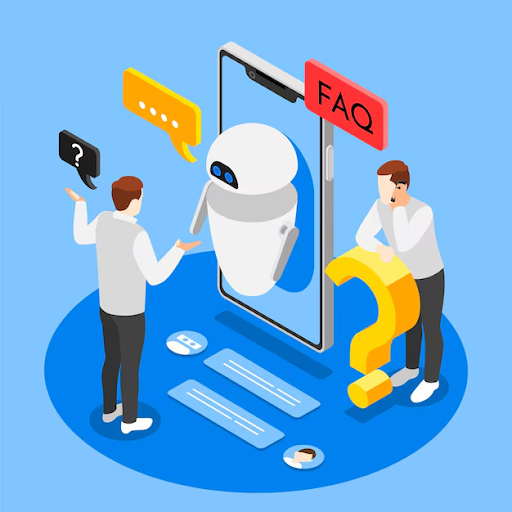
Interaction habits with businesses are gradually changing as customers increasingly prefer quick and convenient online communication channels. According to a study by HubSpot, up to 75% of users prefer messaging businesses rather than calling or emailing. This shows the immense potential of chatbots and voice assistants in improving customer experience.
With the support of artificial intelligence (AI), chatbots and voice assistants are becoming increasingly intelligent, capable of understanding and responding to customer requests naturally and accurately. They can provide 24/7 support, answer inquiries, process orders, and even carry out simple transactions. A Gartner study predicts that by 2025, 70% of customer interactions will be conducted through automated channels such as chatbots.
To fully leverage the advantages of this technology, businesses should invest in building and deploying AI chatbots on websites, mobile applications, and social media platforms. In addition, optimizing content for voice search is also an important factor, as more and more users are using virtual assistants like Google Assistant and Siri to search for information and products.
For example, a fashion retail company can use a chatbot to help customers find suitable products, suggest outfits, and even place orders directly. According to a report by Forrester, businesses have used chatbots to increase average revenue by up to 15%.
6. 5G - Extremely fast data transmission speed
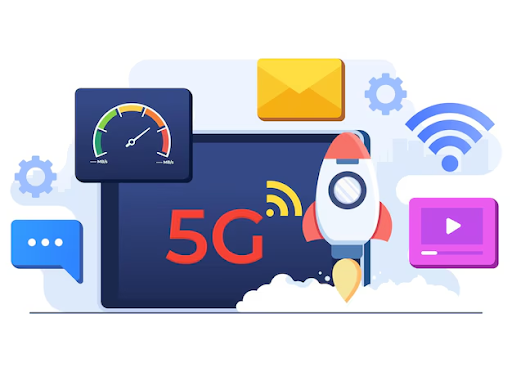
5G, the fifth-generation wireless technology, is considered the main driving force promoting the global digital transformation process in recent years, especially in 2025. With extremely fast data transmission speed, low latency, and the ability to connect billions of devices simultaneously, 5G opens new doors for innovative applications and services.
Specifically, 5G transforms factories into smart factories, where machines and equipment can communicate and work together effectively, increasing productivity and product quality. Trending in 2025, 5G supports remote medical applications such as remote image diagnosis, robotic surgery, and personal health monitoring, helping cities become smarter by connecting transportation systems, energy, waste management, and other public services, providing stable connectivity and low latency needed for self-driving cars to operate safely and efficiently….
7. Virtual Reality - Connecting and Experiencing the World
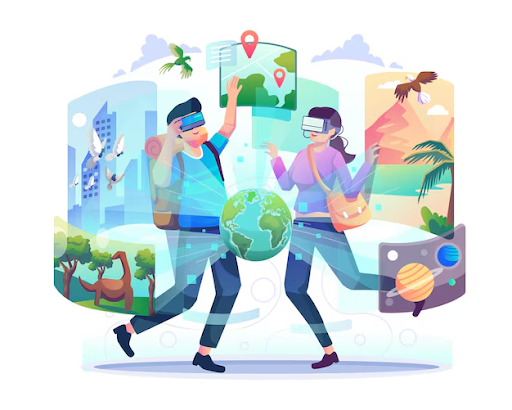
Virtual Reality (VR) has been revolutionizing how we interact with the world around us. By 2025, with the continuous development of technology, VR promises to become an indispensable part of daily life, from entertainment to education, healthcare, and many other fields.
VR offers deeply immersive experiences, allowing users to interact with virtual environments more intuitively and naturally, minimizing costs for training activities, product design, tourism, etc., by creating detailed and interactive virtual models.
Moreover, VR creates virtual spaces for connection and interaction regardless of geographical distance, helping us explore spaces and experiences beyond the limits of the physical world.
8. Cloud computing - maximum data storage
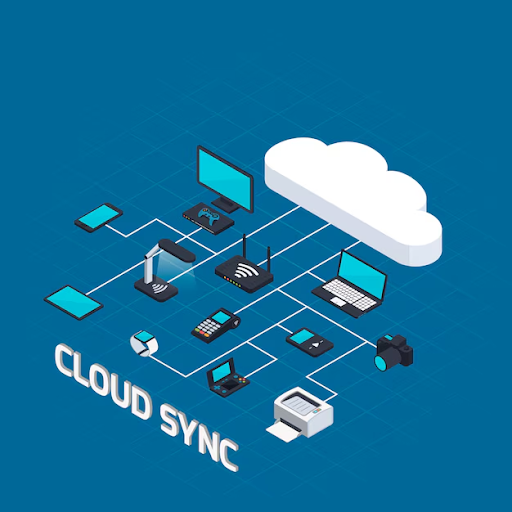
In 2025, further diversification of cloud services, extending beyond traditional IaaS, PaaS, and SaaS offerings, will be witnessed. Businesses will have a wider array of choices for application building and deployment, ranging from serverless platforms that facilitate rapid development to integrated AI and machine learning services. For example, Amazon Web Services (AWS) has provided hundreds of different services, enabling businesses to readily construct complex applications. Furthermore, competition among cloud providers will drive both price reductions and service quality enhancements.
9. Conclusion
These are the prominent technology trends in 2025. For long-term development, businesses need to be proactive to enhance their competitive advantage in the coming period. Keeping track of new technology trends allows businesses to maintain competitiveness and relevance in the rapidly evolving digital transformation landscape. From AI, IoT to big data analytics, new technologies will bring unprecedented opportunities for businesses.
To succeed in the digital age, businesses not only need to invest in technology but also focus on developing human resources, building a culture of innovation, and adapting to constant changes. Sota Solutions believes that a streamlined digital transformation strategy will help businesses solve complex problems effectively and economically. Contact us now for a free consultation and discover the optimal solutions for your business!